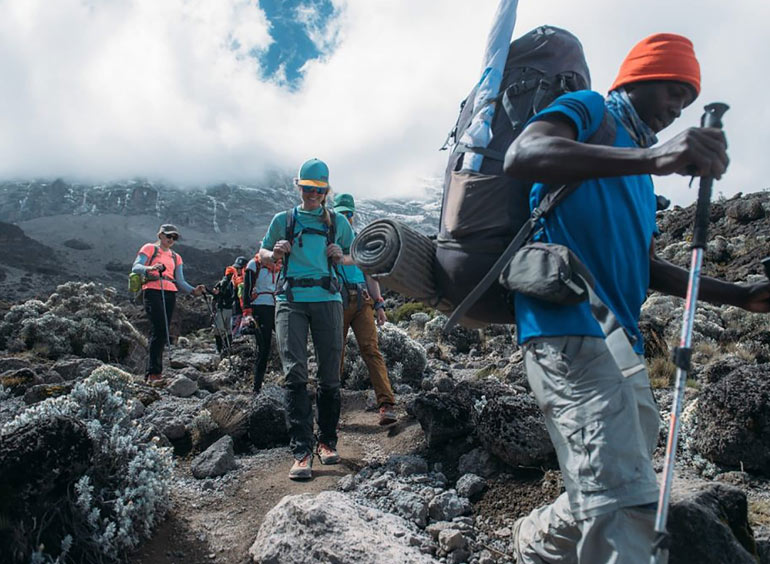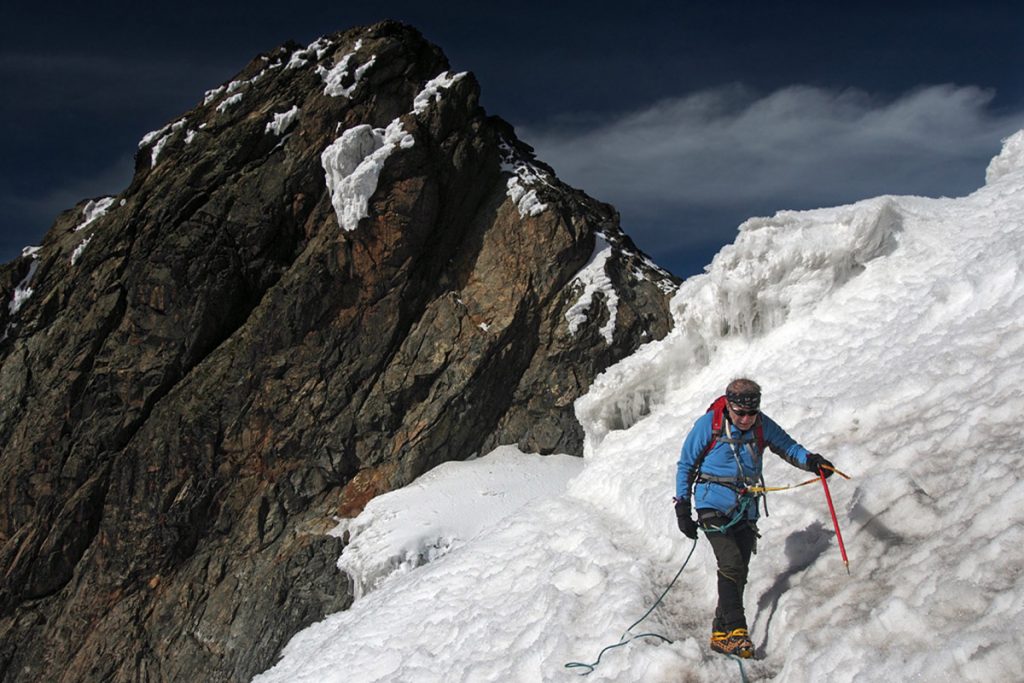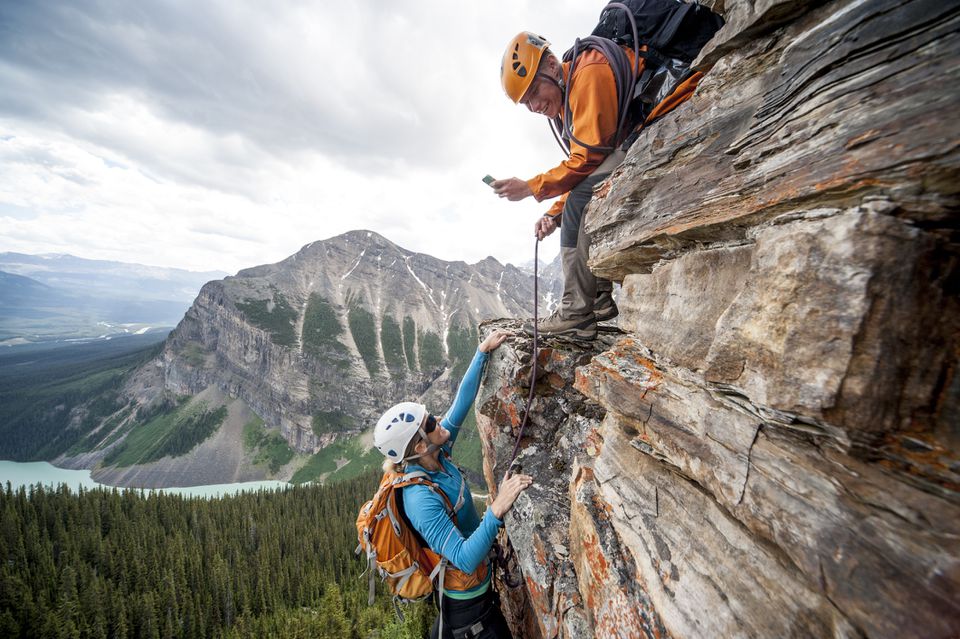
Mountain climbing tips for beginners: Mountain hiking Made Easy
Mountain climbing is a thrilling adventure with mental and physical challenge. Whether you are an experienced mountaineer or a novice climber, each mountain climb is unique and needs careful planning. This beginner’s guide is your ultimate guide, packed with tips from experts and helpful advice. Therefore, allowing you to conquer any mountain successfully. From the choice of the ideal peak to reveling in your summit glory, we’ve got you covered.
1. Choose the Right Mountain: Matching Your Skill Level with the Right Challenge
Choosing the right mountain is the most crucial aspect of a fun, successful climbing adventure for beginner climbers. Especially those looking for the appropriate but challenging mountain. Also, experienced climbers looking to challenge themselves with yet another mountain that suits your skill and ability level is paramount. This mountain climbing guide for beginners will lead you through to discovering the best starter mountains, like Mount Kilimanjaro. Also moving further afield to more challenging intermediate climbs like Mount Elbrus and the Rwenzori Mountains.
Picking a mountain that’s right for your experience and fitness level is key to a successful climb.
- Individualized Training Programs: Offer individualized training programs for different mountain climber skill levels (beginning, intermediate, advanced). Since they focus on aerobic conditioning, strength training, and flexibility exercises.
- Benefits of Cross-Training: Highlight the benefits of cross-training activities like cycling, swimming, and yoga to establish overall fitness and injury avoidance.
- Altitude Training: Explain how high-altitude training or altitude simulation equipment can acclimatize your body to the reduced oxygen on the mountain.
- Interactive Feature: Have a training progress tracker where exercise diaries are entered and monitored, with their readiness level increasing with each passage of time.
2. Get Physically Fit: Building the Strength and Endurance to Conquer
Preparing for a mountain climb is not a matter of accumulating your trekking equipment—it’s a matter of building a superior training program that will build strength. Also, endurance, and mental toughness to push through these mountain summits. Are you a beginner facing your first obstacle or an experienced climber who requires assistance with additional altitude? Our mountain climbing tips guide for beginners has you covered. Learn the benefits of cross-training climbers, what altitude acclimatization will do for you, and track your progress with our on-line training tool.
A successful climb starts long before you ever step foot on mountain. Physical conditioning is the path to surviving the hardships ahead.
- Individualized Training Programs: Offer individualized training programs for different climber skill levels (beginning, intermediate, advanced) that focus on aerobic conditioning, strength training, and flexibility exercises.
- Benefits of Cross-Training: Highlight the benefits of cross-training activities like cycling, swimming, and yoga to establish overall fitness and injury avoidance.
Altitude Training: Explain how high-altitude training or altitude simulation equipment can acclimatize your body to the reduced oxygen on the mountain.
Interactive Feature: Have a training progress tracker where exercise diaries are entered and monitored, with their readiness level increasing with each passage of time.
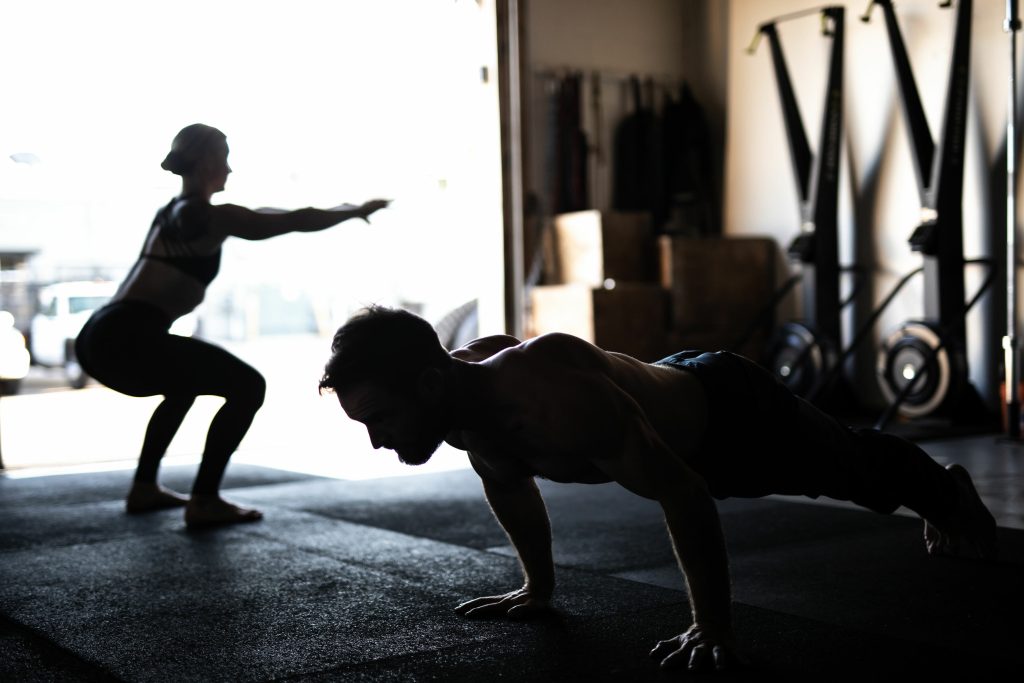
3. Invest in Good Equipment: Kit Yourself Out to Succeed
Investment in good gear is most important in mountain climbing as it will make the journey safe and successful. It could be your aim to climb a beginner peak or testing your endurance with heights. Although, essential mountain trekking gear can be a big differentiator. In this mountain climbing tips guide for beginners, we’ll dive into the best mountain climbing gear reviews. Also, explore the critical layering system for mountain climbing, and highlight sustainable climbing gear options that prioritize both performance and environmental responsibility. With our expert insights and interactive packing list generator, you’ll be fully prepared for your next mountain climbing expedition.
The right trekking equipment can be the difference between an enjoyable climb and a frustrating trudge. Here’s what you should know:
- In-Depth Equipment Reviews: Provide in-depth comparisons and reviews of the essential climbing equipment, including boots, jackets, backpacks, and climbing poles. Discover the pros and cons of different brands and models.
- Gear Layering System: Explain why clothing layering is important when reacting to changes in temperature and conditions. Make suggestions for base layers, mid-layers, and shells.
- Sustainable Gear Options: Offer environmentally friendly equipment options for climber groups willing to leave minimal environmental impact. Emphasize companies that focus on sustainability and long-term durability.
- Interactive Feature: Incorporate an interactive packing list feature where consumers input destination and time of year and receive a list of customized equipment.
4. Acclimatize to Altitude: Safeguard Your Health at High Elevation
Climbing high-altitude mountains such as Kilimanjaro requires more than resolve—it requires intelligent acclimatization to safeguard your health and arrive at the summit with greater confidence. Altitude sickness has the potential to destroy even the most well-planned climbers’ itineraries, turning long-planned adventure into a medical crisis. This mountain trekking tips guide for beginners offers climbers comprehensive acclimatization guidelines, with a focus on prevention of altitude sickness. Also, optimum management during your mountain climb. Get customized acclimatization itineraries, valuable prevention tips. Also interactive altitude tracker to monitor your progress and safeguard your well-being at high altitude.
Altitude sickness can turn a dream climb into a nightmare if not addressed properly. What follows is how to acclimatize:
- Acclimatization Schedules: Provide specific acclimatization schedules for popular climbs. For example, provide a day-by-day acclimatization schedule for Kilimanjaro, including recommended rest days and gradual ascent profiles.
- Prevention: Offer tips on prevention of altitude sickness, such as staying well hydrated, consuming high-carbohydrate foods, and abstaining from alcohol. Offer tips on medications such as acetazolamide (Diamox) that are helpful in acclimatization.
- Symptoms: Educate climbers on symptoms of early onset of altitude sickness and what to do in case of experiencing them, such as descending immediately.
- Interactive Feature: Create an altitude acclimatization tracker to help mountain climbers monitor their altitude gain and symptoms during the ascent.
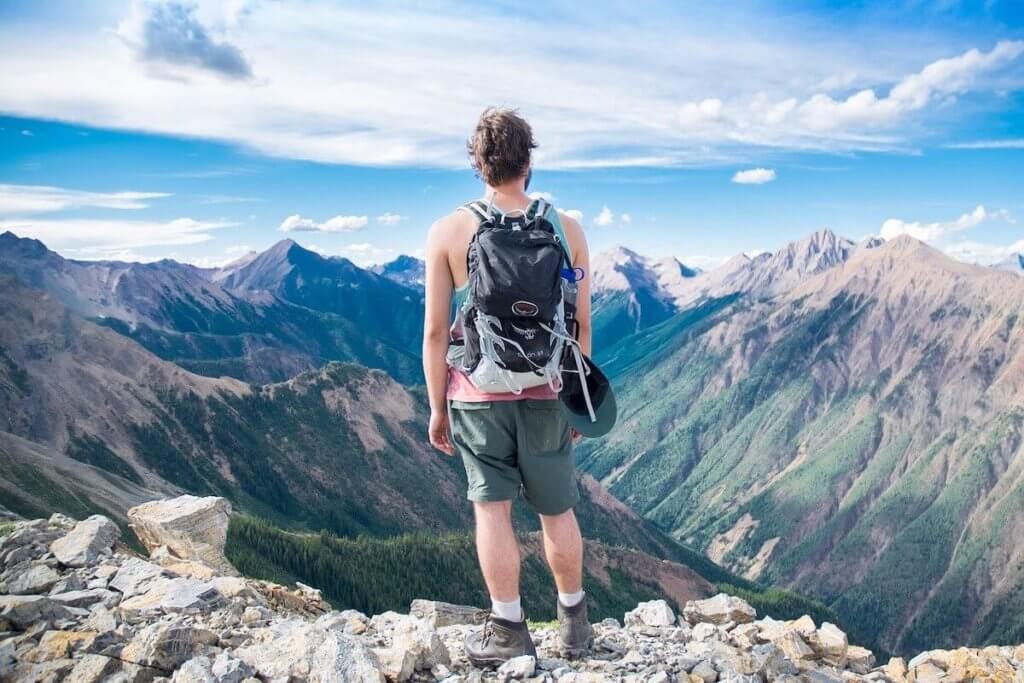
5. Climbing Safety Essentials: Master the Skills for Safe and Efficient Climbing
Regardless of whether you are an amateur or an experienced climber, acquiring the proper skills is the secret to a safe and successful climb. Here you will discover step-by-step tutorials, motion video lessons, and master skills to bring your climbing experience to the next level. And with our virtual climbing simulator, you can even train in a controlled environment. Get ready to push your climbing skills to the limit!
Learning proper techniques will enhance your safety and efficiency on the mountain.
- Step-by-Step Instructions: Provide step-by-step climbing tips for beginners on techniques most critical to learn. Techniques such as climbing steep ground, traversing loose rock, and using climbing ropes. Illustrate each step with diagrams and photos.
- Video Demonstrations: Provide video demonstrations of techniques such as self-arresting with an ice axe, cramponing on ice, and setting up a belay system.
- Advanced Techniques: For more advanced climbers, include advanced techniques like glacier travel, crevasse rescue, and multi-pitch climbing.
Interactive Feature: Include a virtual climbing simulator where users can try out these techniques in simulated, game-like settings.
6. Stay Mentally Tough: Overcoming the Psychological Struggle of Climbing
Being mentally tough is the most important ingredient for survival during the most grueling stage of a climb.
- Mindset Strategies: Offer advice on developing mental toughness, such as creating small, yet realistic goals, positive affirmations, and imagery.
- Coping Strategies: Describe how to cope with fear, anxiety, and exhaustion during climbing. Discuss techniques such as slow breathing, being present, and being mindful.
- Mental Training Exercises: Provide exercises to be practiced by the climbers prior to climbing, such as meditation exercises, visualization, and stress management exercises.
- Interactive Feature: Give a mental toughness test in which the climbers will have the opportunity to determine their mental readiness and obtain personalized recommendations for improvement.

7. Nutrition and Hydration Planning: Feed Your Climb the Proper Fuel
What and how much you drink and eat on the climb can significantly impact your performance.
- Pre-Climb Nutrition: Write out detailed pre-climb-day meal plans for carb-loading, hydration, and stomach-friendly food.
- On-the-Go Snacks: Suggest light foods with high energy and long endurance, such as trail mix, energy bars, jerky, and electrolyte beverages. Offer recipes for creating your own homemade energy bars.
- Post-Climb Recovery: Provide recommendations on what to consume and drink after climbing in order to recover muscles, rehydrate, and restore glycogen stored.
- Interactive Feature: Provide a nutrition calculator where climbers input body weight, duration of climb, and altitude and receive personalized dietary recommendations.
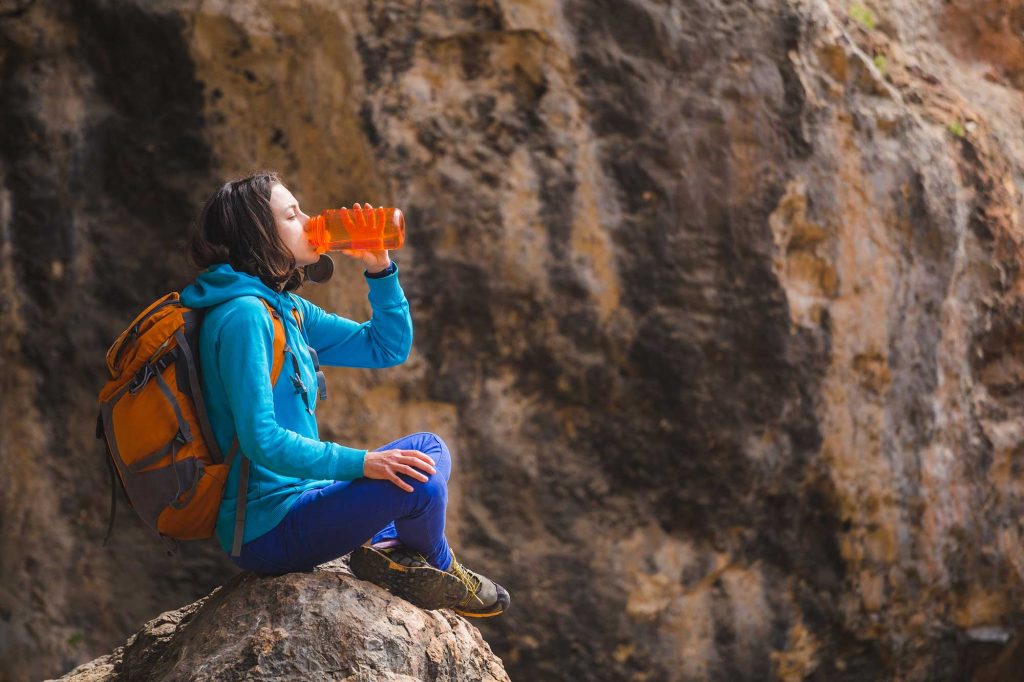
8. Familiarity with Weather Conditions: Prepare for Nature’s Tests
Weather conditions in mountains are unpredictable, and hence one must prepare for the same.
- Severe Weather Conditions: Give elaborate description of the dominant weather condition of the mounted mountains, i.e., wind speed, rain or snow. Give vivid explanation on the importance of climatic features to the mountain climbing expedition.
- Clothing Weather Principles: Give clothing-to-weather-clothing guide information, from sunbathing with sun heat to surviving blizzardy snowstorm. Give equipment-buying advisory and guidelines with reference to layer dressing.
- Real-Time Weather Forecasts: Suggest great weather websites and applications that provide real-time forecasts for mountain weather. Explain how to interpret these forecasts.
- Interactive Feature: Include a real-time weather widget with present weather and forecasts for well-known climbing locations.
9. Safety First: Safety First on Every Climb
Safety is of paramount importance in mountain climbing, and planning can be the difference between life and death.
- Emergency Kits: Create a comprehensive check-list to procure an emergency kit that would include, among others, first aid kit, emergency shelter, fire starting, and GPS.
- First Aid Wilderness: Offer simplified first aid methods on some of the most frequent climbing accidents like sprain, break, and frostbite. Incorporate step-by-step procedure and video materials.
- Rescue Procedures: Inform climbers what to do in an emergency, i.e., calling for assistance, giving first aid, and staying safe until rescued.
- Interactive Feature: Provide a safety quiz that quizzes climbers on emergency procedure and first aid with personal feedback and suggestions.
10. Celebrate Your Success: Reflect on Your Achievement and Plan Your Next Adventure
Having climbed a mountain, pat yourself on the back and look back at your adventure.
- Summit Journals: Invite climbers to write about their climb, their thoughts, issues, and highlight reel. Provide downloadable journal pages.
- Sharing Your Story: Provide a space where climbers can share their story, photos, and advice with fellow climbers. Provide a blog page with guest blogs from climbers.
- Future Climb Planning: Suggest recommendations in planning your future mountain ascent by adding more difficulty, diversified climate, and technologically advanced climbs.
- Interactive Feature: Allow users to send virtual postcards of best pictures with the feature to add a short synopsis of their hike and accomplishments.
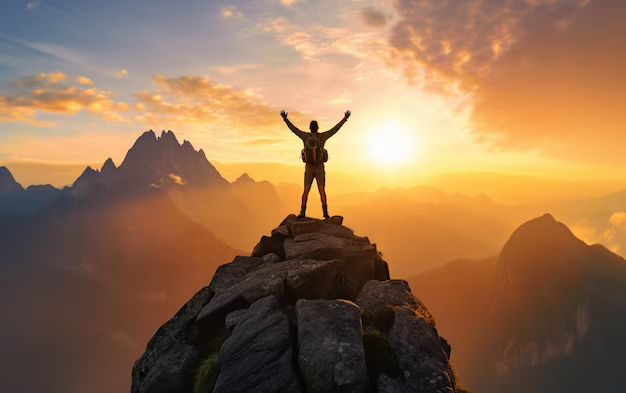
Rwenzori trekking itineraries
Kilimanjaro climbing tours, Tanzania
Useful links + other African safari packages
- Rwenzori trekking services
- Kilimanjaro Climbing guide
- Rwenzori trekking guide
- 3 day gorilla trekking self drive to Bwindi
- 3 day Queen Elizabeth self drive from Kampala
- self drive Uganda
- Car rentals 4×4 East Africa
- Masai Mara Great Migration
- Serengeti Wildebeest Migration
- Big 5 safari Uganda
- Best time to visit Rwenzori
- what to pack for your trek
You might also like:
Conclusion: Your Next Climbing Adventure Awaits with our tops tips
Mountain climbing is not just about reaching the summit; it’s about the journey, the challenges, and the triumphs along the way. Armed with these mountain climbing tips for beginners from Kilimanjaro Rwenzori experts, you’re well-prepared to tackle any mountain with confidence. So, pack your trekking gear, set your goals, and embark on an adventure of a lifetime!
Call to Action: Begin Your Adventure Today!
Ready to conquer a mountain? Check out our Kilimanjaro climbing packages and Rwenzori itineraries and let our expert guides help you plan the perfect ascent.

